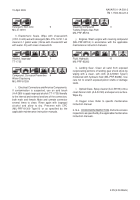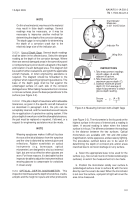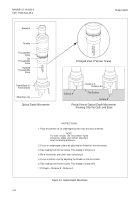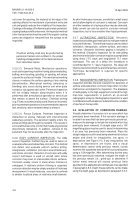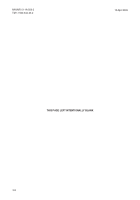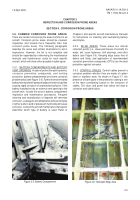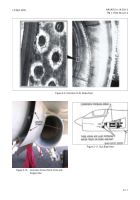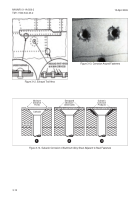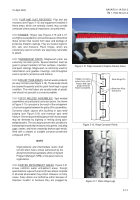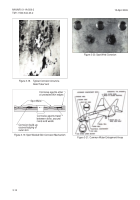TM-1-1500-344-23-2 - Page 67 of 240
3-7
NAVAIR 01-1A-509-2
TM 1-1500-344-23-2
15 April 2009
3-4. DEGREES OF CORROSION.
Corrosion must be
evaluated after the initial inspection and cleaning to
determine the nature and extent of repair or rework
needed. It is difficult to draw a distinct and specific
dividing line among the degrees of corrosion.
Consequently, the first requirement for a reliable
evaluation is sound maintenance judgment. Use the
following categories in reporting degrees of corrosion.
3-4.1. LIGHT CORROSION. At this degree, the
protective coating is scarred or etched and the condition
of the metal is characterized by discoloration and pitting
to a depth of approximately one mil (0.001 inch)
maximum. This type of damage can normally be removed
by light hand sanding.
3-4.2. MODERATE CORROSION. This appears similar
to light corrosion, with the addition of blistering or
evidence of scaling and flaking of the coating or paint
system. The pitting depths may be as deep as 10 mils
(0.010 inch). This type of damage is normally removed
by extensive hand sanding or light mechanical sanding.
3-4.3. SEVERE CORROSION. Its general appearance
is similar to moderate corrosion, with the addition of
severe intergranular corrosion, blistering, exfoliation,
scaling, or flaking. The pitting depths are deeper than 10
mils (0.010 inch). This damage must be removed by
extensive mechanical sanding or grinding.
Figure 3-4. Usage of Straight Edge to
Determine if Suspect Areas Have
Been Previously Reworked
Back to Top



